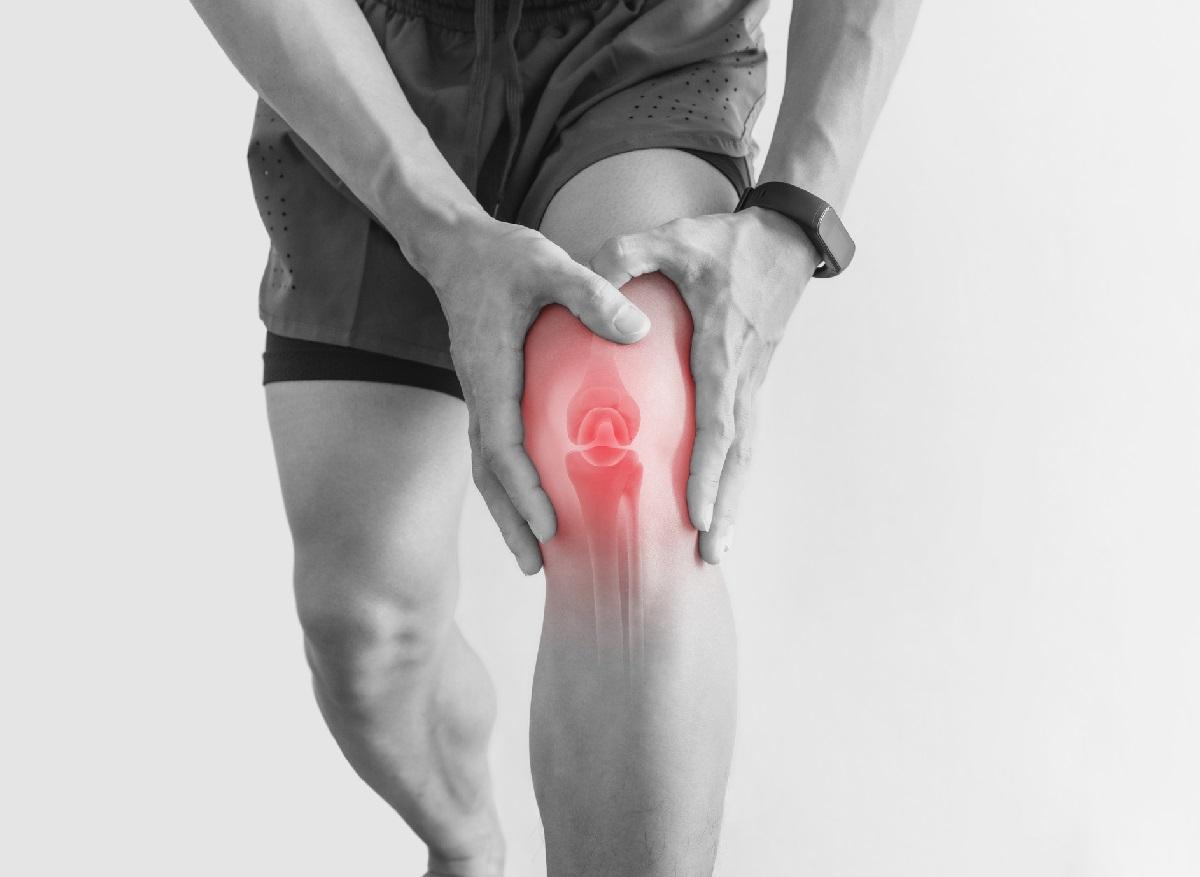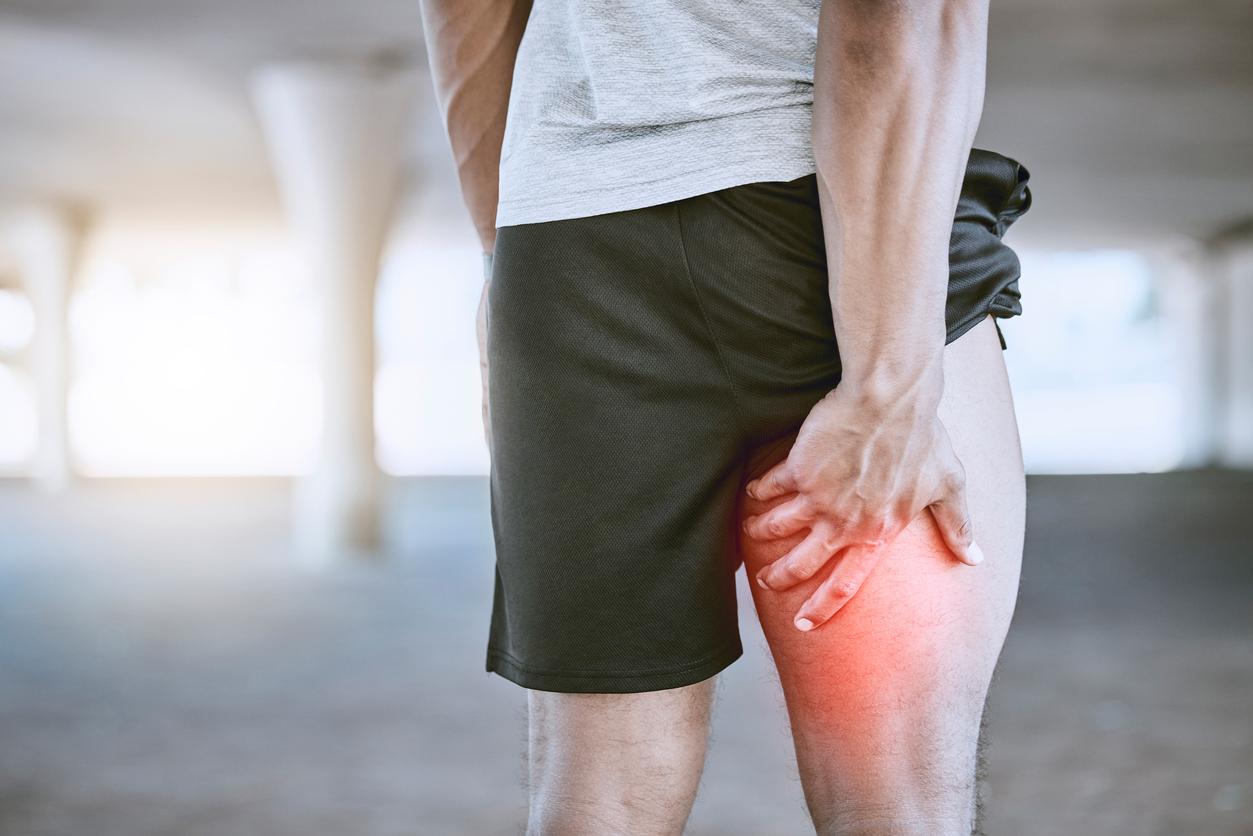
From toothache to kidney stones
What is very painful for one person will be easy for another. Pain is therefore a subjective thing. However, there are some ailments that are sure to hurt everyone. We have listed five of them.
Toothache
If you’ve ever had a toothache, you won’t soon forget it. A throbbing head, nagging pain and nothing else you can think about. Toothache is very annoying and can have various causes. From a cavity to dental erosion. Severe toothache is likely to be an abscess or inflammation and will require treatment from the dentist. Do you have a toothache, but are you afraid to go to the dentist? Realize that the pain will not go away on its own. The longer you go on, the worse it gets. Most treatments can be performed by a dentist under anesthesia – and therefore painlessly.
Cluster headache
An unbearable form of headache is cluster headache. It usually comes on at night. Most patients have one to four headaches per cluster series. About one person per 1000 inhabitants suffers from cluster headaches. It is more common in men than in women. The pain of cluster headaches is described as one of the most severe and intense of all types of headaches. As with migraine, it is a vascular headache, and as with migraine, the pain is often concentrated behind one eye. Attacks cannot be completely prevented. It is known that smoking, secondhand smoke and drinking alcohol can trigger an attack.
Earache
Annoying and often very painful: ear infection. A condition that is common in children, but adults can also suffer from it. In adults it is usually an inflammation of the ear canal and in children it is an inflammation of the middle ear. A middle ear infection usually starts with a common cold. This can cause the Eustachian tube to become blocked. Viruses – sometimes also bacteria – and inflammatory fluid are then ‘trapped’ in the middle ear. This increases the pressure in the middle ear and causes the eardrum to bulge. This is what causes the pain. Sometimes nasal sprays want to provide relief. If the inflammation is caused by a bacteria, a course of antibiotics may be necessary.
Appendicitis
In the lower right part of the abdomen is the cecum – also called the appendix – a small, finger-shaped tissue pouch. If this appendage becomes inflamed, you often get a sudden, severe pain around the navel that later spreads to the lower right. Touching or letting go of the abdomen is painful and laughing and coughing also hurt. With appendicitis you can also suffer from fever and nausea. An inflamed appendix must be surgically removed.
kidney stones
Sudden severe pain in the side, back or abdomen? This could be due to kidney stones. The pain comes in waves, this is called colic pain. People who suffer from an attack have a huge problem with the urge to move and cannot sit or lie still. The pain can even be so bad that it makes you nauseous and makes you vomit. The pain gradually moves from the side to the side of the abdomen or to the lower abdomen as the urinary stone slowly moves towards the bladder. There may also be a little blood in your urine. Your doctor will give you a painkiller, such as Diclofenac. Furthermore, you have to wait until you pee the stone out. Pee through a tea strainer or pee in a jar and then strain the urine. This way you can collect the kidney stone and you can be sure that you have urinated it out. Don’t drink too much if you haven’t passed the kidney stone yet. This can provoke a new attack. After you have urinated out the kidney stone, it is wise to drink a lot so that the kidneys are flushed well. It also reduces the risk of new kidney stones developing.

















